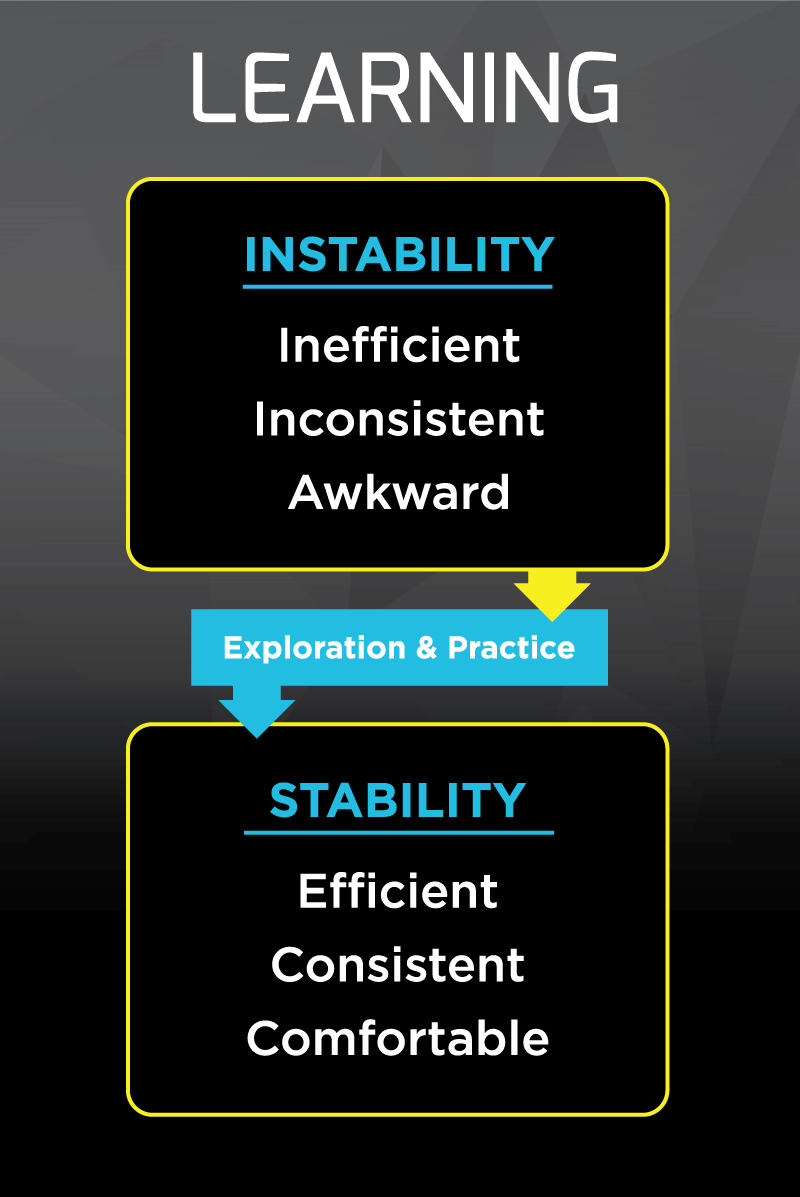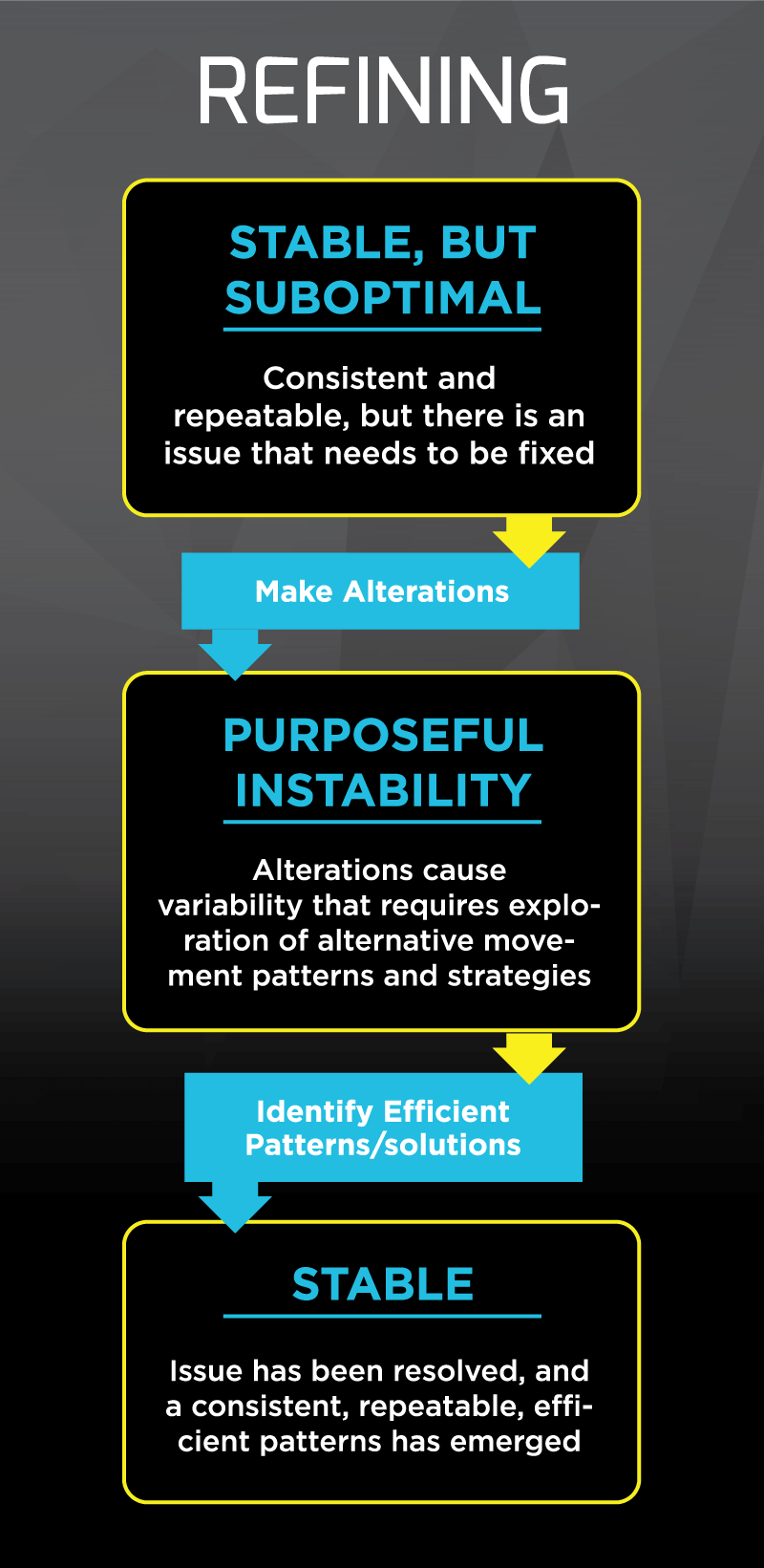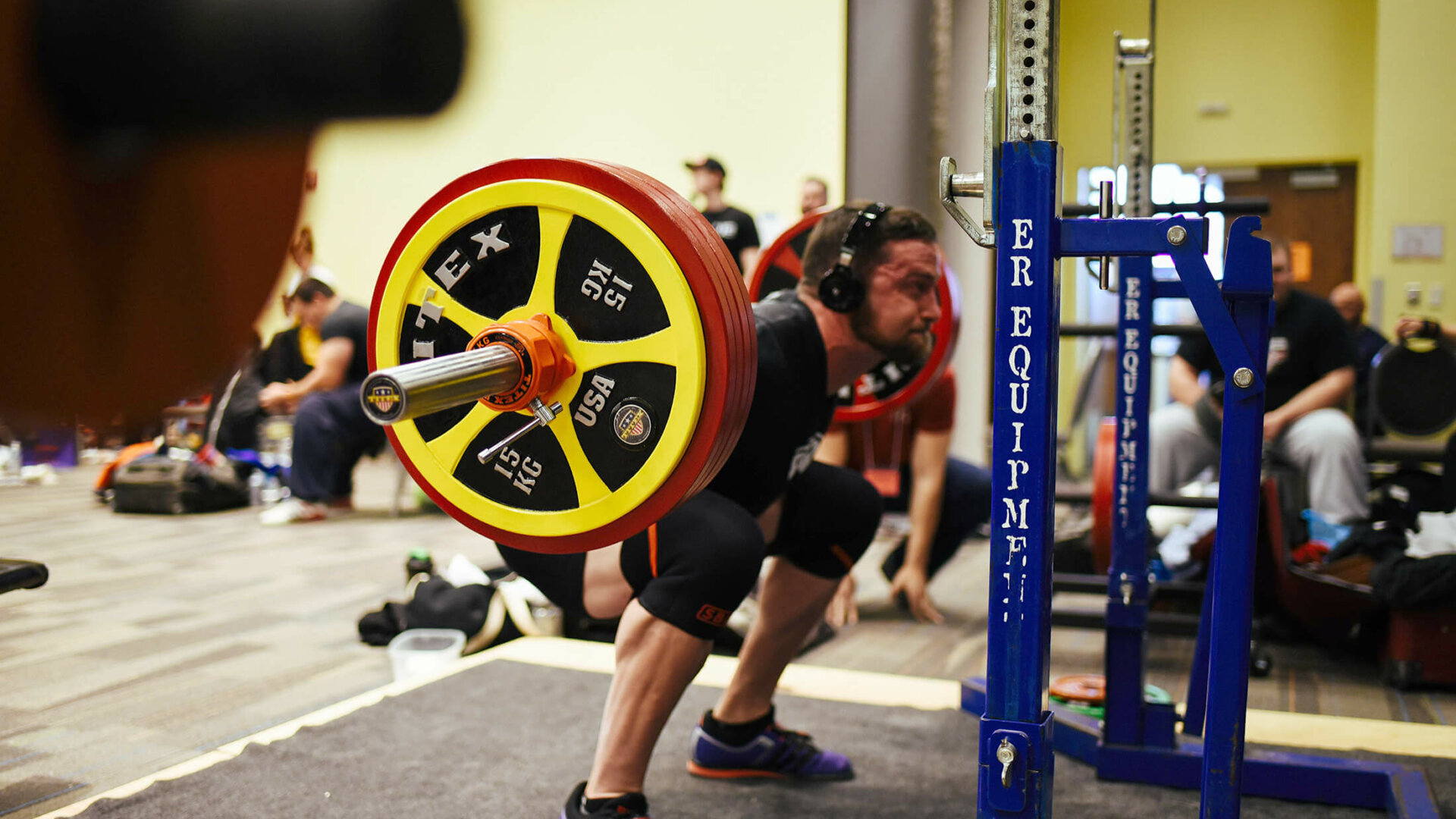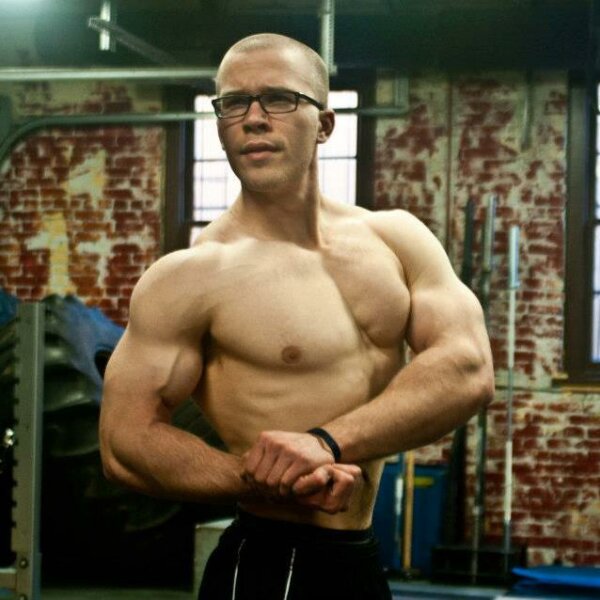Do you know what Dynamic Systems Theory (DST) is? Do you care?
When I began a motor control course last spring, my answer to both questions was a resounding “No.” However, it turns out the course offered some pretty cool insight about how we learn and refine movement patterns. In this article, I will explain why you should care about DST, and how it can help you improve your powerlifting total.
What is Dynamic Systems Theory, as it pertains to movement?
DST is based on a few important principles about movement:
- Movement patterns emerge from the interaction of multiple systems. They can’t just be viewed as a computer program or “command” that is sitting in your central nervous system
- The control of movement must adequately account for a ton of stuff, all at once. Consider limb lengths, internal forces, external forces, synergy between muscle groups, the surface/environment, individual muscle weaknesses and tightness, and the specific task requirements, to name a few. For this reason, it’s best to focus on a few “major” movement cues, rather than trying to consciously consider a million details at once
- When we are learning a movement, we experience a period of “instability,” in which our movement is inconsistent and inefficient. The process of refining that movement brings us to a period of stability, where our movement becomes efficient and repeatable
- The way to transition from unstable to stable conditions is to “explore” the movement by trying and practicing different movement strategies to identify which are most effective and efficient
This article isn’t an in-depth dissection of DST, so if you’re a motor control purist, cut me some slack. Rather, I’d like to broadly discuss how the basic themes of DST relate to powerlifting. Think about the complexity of something like a deadlift. All at once you need to manage a thousand different factors, such as coordination between numerous joints and muscle groups, activation of just about every muscle between your feet and your ears, a moving load, and a constantly changing back angle. DST helps us understand how our body is able to turn this massive and variable influx of information into efficient movement, and why powerlifting technique isn’t “one size fits all.”
The Role of Stability
When you first started learning to lift, your movement was probably awkward, inefficient, and inconsistent. However, after practicing for a while, I’m sure your technique became increasingly consistent and repeatable. We see this in children as they learn basic movements– they begin by trying numerous motor strategies, but as they practice, they eventually narrow it down to an efficient method (Figure 1). Even as adults, when we are confronted with the task of learning skilled movements like the bench, squat, or deadlift, our learning follows a similar process of transitioning from instability to stability.

That’s great for beginners, but what about intermediate and advanced lifters?
Inevitably, you’ll come across times in your lifting career when a certain lift is in a rut, stalling, causing pain, or feeling awkward. You might consider filming your lift, analyzing every little detail, and trying to make a million ultra-specific adjustments to fit your technique to the pre-determined, cookie-cutter mold of your favorite lifter. But the beauty of DST is that it encourages a different (and simpler) approach, which includes “exploring” the movement to try different ways to achieve the task.
Exploring movement with DST
Let’s say your technique needs some work, and DST says you should go exploring. What exactly does that mean?
We’ll look at squatting as an example. The task requirements are pretty straightforward: Start with the knees and hips extended, descend until the hip joints are below the knees, and stand back up to full extension. But within those requirements, there is plenty of wiggle room for slightly different patterns of movement. The relative contributions of the quads, hamstrings, adductors, and glutes can vary from person to person. Lifters can have their feet narrow or wide; they may have low bar placement or high; they might have a vertical spine or a forward lean. If you go to a powerlifting meet, no two squats will look exactly alike. That shouldn’t be a surprise; as DST tells us, this movement is going to depend on numerous individualized factors. For lifters to identify their “proper” squat technique, they’ll need to spend a lot of time under the bar, trying out different ways to accomplish the basic squat requirements. This is the exploration process. When they find a squatting pattern that is comfortable, efficient, strong, and pain-free, they’ll stick with it as they transition from instability to stability.
However, when issues arise, their movement may require a “tune-up” that involves refining their technique. The only way to accomplish this refinement is by making modifications. The exploration process demands that conditions change so you can try out new patterns and assess their comfort and efficiency (Figure 2). You can’t call yourself an “explorer” if you travel from North Carolina to South Carolina- they’re the same damn thing, with slightly different flavors of barbecue sauce. As a result, you should implement modifications and cues that force you to actually make some adjustments to your movement. Some will feel awkward, and will certainly cause you to try strategies that simply don’t work for you– as a result, you should approach this process carefully, cautiously, and patiently. But as you explore different movement patterns, please understand that this isn’t a free pass to try some atrocious patterns that are clearly dysfunctional and likely to cause injury. The same basic principles of healthy, effective lifting technique still apply, you’re just exploring methods to tailor your form to your personal abilities and constraints.

So when you’re trying to figure out technique issues, don’t be afraid to modify your movement. Adjusting stance, set-up, tempo, knee tracking, back angle, and bar placement are some basic examples of technique modifications. However, you can also adjust the environment. What if you switch your footwear? Place a band around your knees to emphasis hip abduction? Sit down to a box and pause? By making these adjustments, your body will be forced to try out some different movement strategies to accomplish the squat task, and you may find that certain patterns seem to “click” in terms of comfort, strength, and efficiency. For some lifts, using different accessory exercises and isolating individual parts of the range of motion could also assist in exploring the movement, and help you refine and stabilize your technique. Advocates of DST would argue that due to the complexity of the power lifts, you’re more likely to make successful improvements by focusing on a couple major cues or modifications and letting the details fall into place.
Conclusion
When analyzing or fixing technique, it becomes very easy to get hyper-focused on a long list of minor details, and very tempting to emulate “textbook form” or the technique of other lifters. There are certainly instances where a very minor and specific change can solve your problems, or when observing another lifter can help you identify or better understand your technique issues. However, DST provides a tremendously helpful framework when it comes to learning technique, teaching it to new clients, or refining technique in more experienced lifters. In these contexts, try focusing on a few simple cues or modifications, let the details fall into place, and adjust from there as needed. But if you start with a pre-determined notion of “perfect” form and try to build it from scratch with a script that contains a million detailed directives, you’re probably setting yourself (or your client) up for a whole lot of frustration.

